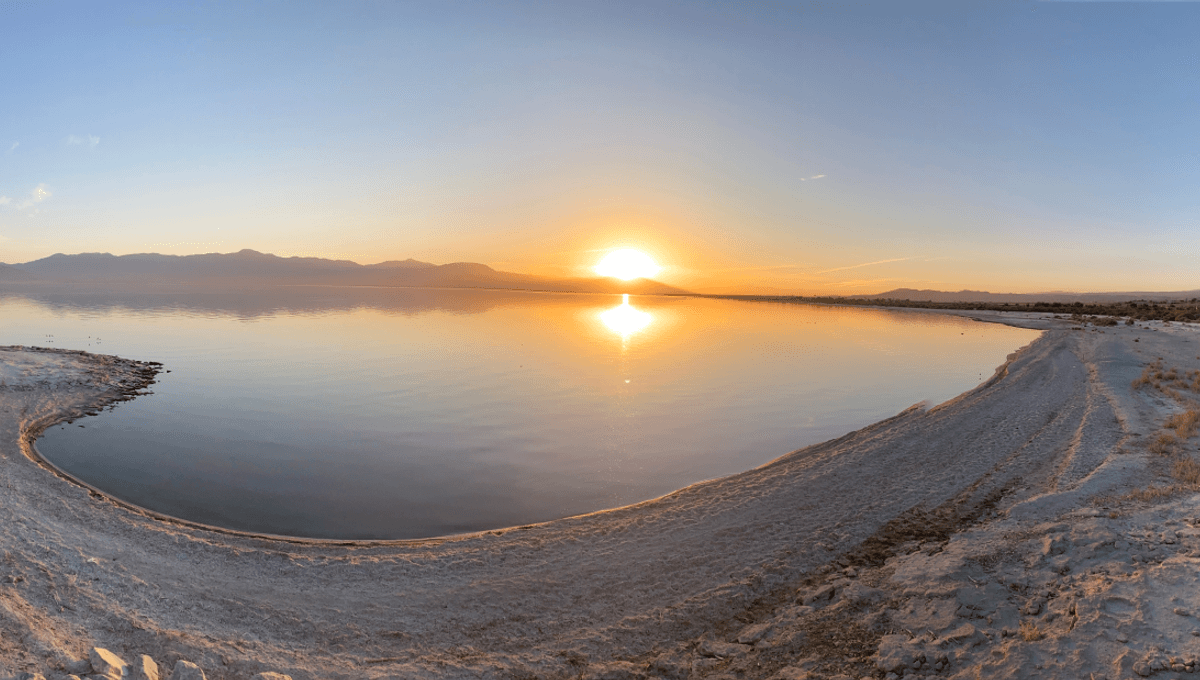
The Salton Sea is a complex body of water that, having been declared an environmental catastrophe in the past, might just be sitting on a tidy billion. The lake itself is the largest in the state of California, but that’s not what scientists are interested in.
In a recent report from researchers at Lawrence Berkeley National Laboratory, funded by the Department of Energy, scientists discuss the mining potential of super-hot brine that sits beneath the lake’s southern end, reports the Los Angeles Times, inside which heaps of “white gold” can be found.
That “white gold” is actually lithium, a metal that’s earned its nickname owing to the pivotal role it could play in the green revolution, providing the raw materials we need if we’re going to replace fossil fuel systems with batteries.
“The energy transition towards a more sustainable and renewable future is a pivotal global endeavor,” reads the report. “Central to this shift for the United States is the critical role of domestically sourced lithium, a key mineral in the production of high-performance batteries essential for electric vehicles and renewable energy storage systems.”
It’s estimated that as much as 18 million metric tons of lithium could be extracted from the brine that sits beneath the lake (though more conservative estimates put that at closer to 4 million), but the surface water isn’t directly connected to it. Now comes the task of working out how we can extract the lithium in a way that’s usable, profitable, and not too harmful to the environment.
That said, the Salton Sea isn’t exactly famous for its pristine environment.
While it’s California’s largest lake, it’s also its most heavily polluted one that’s rapidly turning into toxic dust. Once a popular tourist spot, this troubled body of water is rapidly receding, upping the concentration of salt and chemicals in the remaining water.
The landlocked “sea” was created by accident in the opening years of the 20th century, when irrigation canals from the Colorado River spilled over, causing the valley to flood with water. It’s been on the receiving end of agriculture run-off from the Imperial and Coachella valleys, and smells like eggs thanks to the elevated levels of hydrogen sulfide in the shrinking waters.
For all its flaws, it could be that the Salton Sea represents a great opportunity to move towards the kinds of energy-producing technologies that could contribute to lessening the impact of the ongoing climate crisis. But it’s no silver – or as it were, lithium – bullet, as there’s a lot to establish about how long it takes to replenish the lithium stores before even beginning to consider extracting it all.
Find out more about the considerations and possible implications of mining for lithium in the Salton Sea in the full report published in eScholarship.
Source Link: 18 Million Metric Tons Of “White Gold” Sits Beneath California's Largest Lake